Brachyscome iberidifolia
If you find Australian culture intriguing but live in North America, planting Swan River daisies could be one of the most cost-effective and fulfilling ways to link to the land down under.
These easy-to-grow flowers are bright and cheery, with the requisite daisy petals, a lovely fragrance, and a spreading habit that can beautify bare spots.
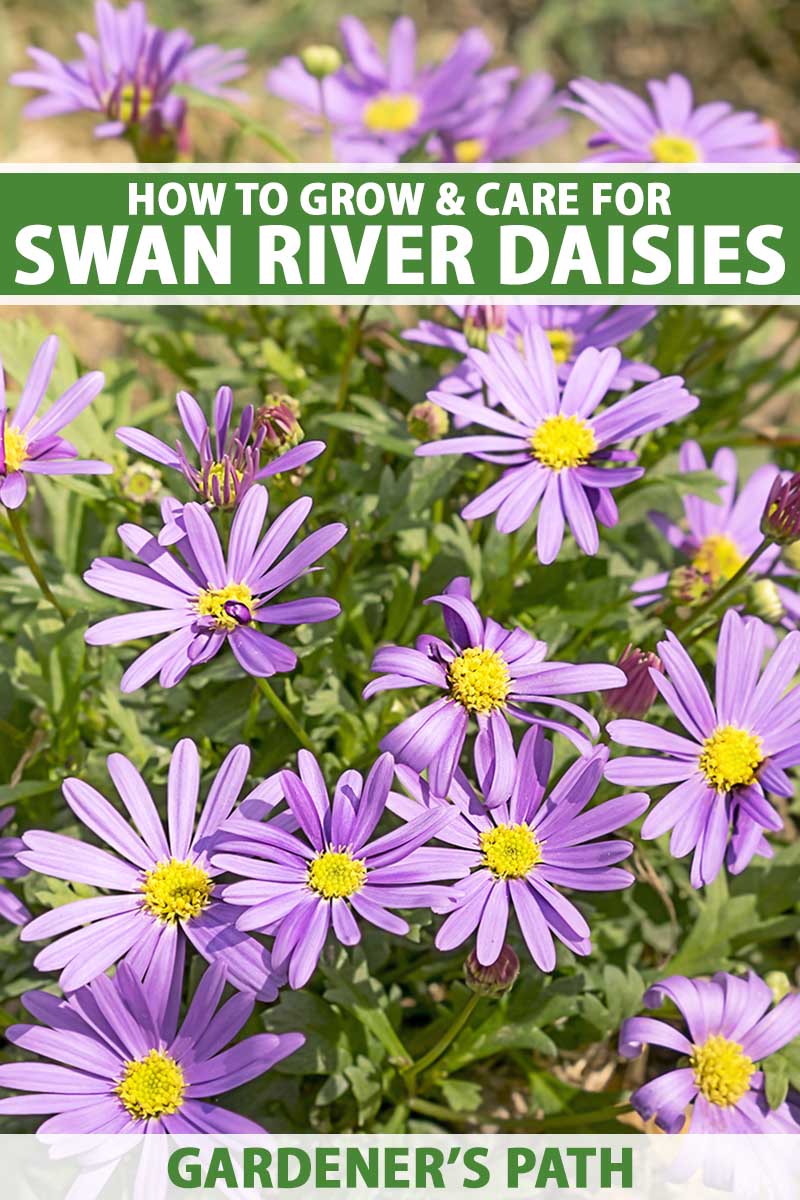
We link to vendors to help you find relevant products. If you buy from one of our links, we may earn a commission.
In addition to covering large swaths of a garden bed, many gardeners use this member of the Asteraceae family in borders and in containers.
Even if its specific origin doesn’t intrigue you, you’ll appreciate this blooming annual’s ability to produce a profusion of cut flowers and to draw pollinators.
In this guide, we’ll discuss these and other advantages, and share tips for growing the healthiest Swan River daisies. Here’s what to expect:
What You’ll Learn
What Are Swan River Daisies?
An import from the land down under, the Swan River daisy (Brachyscome iberidifolia) joins eucalyptus as one of our favorite botanical gifts from Australia.
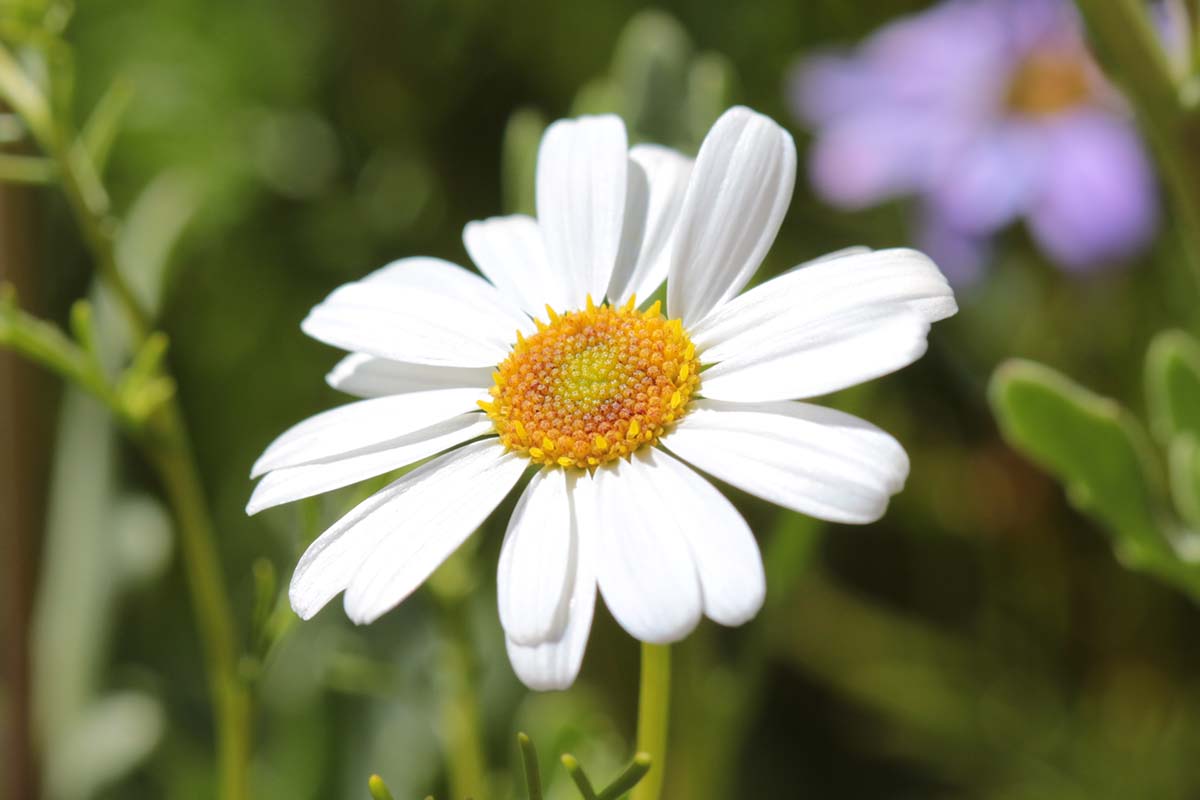
Though this blooming beauty is available with lavender, pink, or white flowers, it’s the varieties with the striking blue daisy-petal flowers that really catch our attention, especially when massed ground cover-style.
Each bloom is about an inch wide, with the type of petals people like to pull off one at a time while muttering, “Loves me, loves me not.”
The centers are usually yellow but can also be black or brown circled with yellow.
The foliage of this plant – whose scientific name is sometimes spelled “Brachycome” without the “s” – is multi-branched and sports light green, finely divided leaves with long and narrow segments.
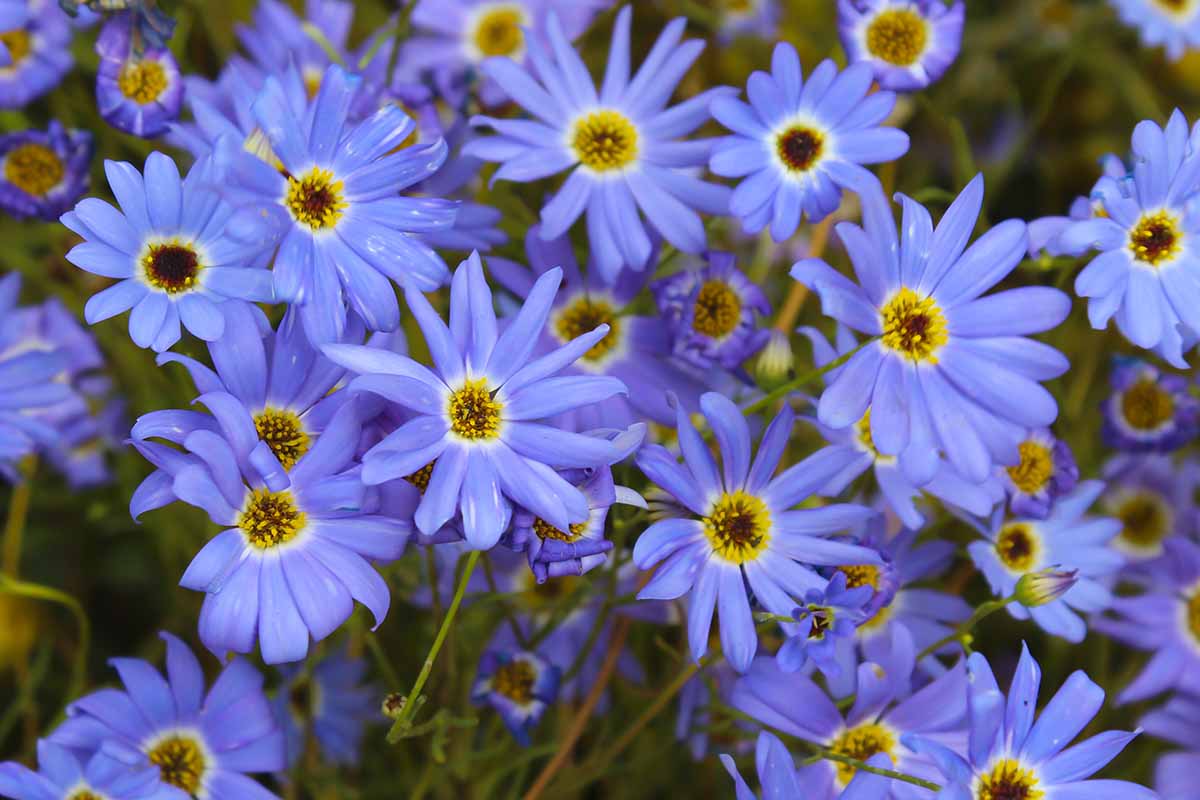
Swan River daisy’s one-inch flowers are profuse across the plant.
While generally classified as an annual, this drought-tolerant, fragrant jewel may function as an herbaceous perennial in Zones 8b to 11b, especially when planted in containers.
Bear in mind, however, that B. iberidifolia doesn’t flower well in very hot weather.
It grows to a mature height of 12 to 18 inches, with a spread of seven to 11 inches.
Even planted under a tree or on a bare patch of sandy soil, it will quickly form a tight carpet of feathery foliage followed by a flashy display of colorful blooms.
Keep reading for more information on growing these Aussie natives.
Propagation of Swan River Daisies
You can propagate seeds started indoors six to eight weeks before your average last frost date. You can also sow directly in the garden after the last frost date.
Some gardeners like to sow successively every two to four weeks throughout the summer to extend the bloom period.
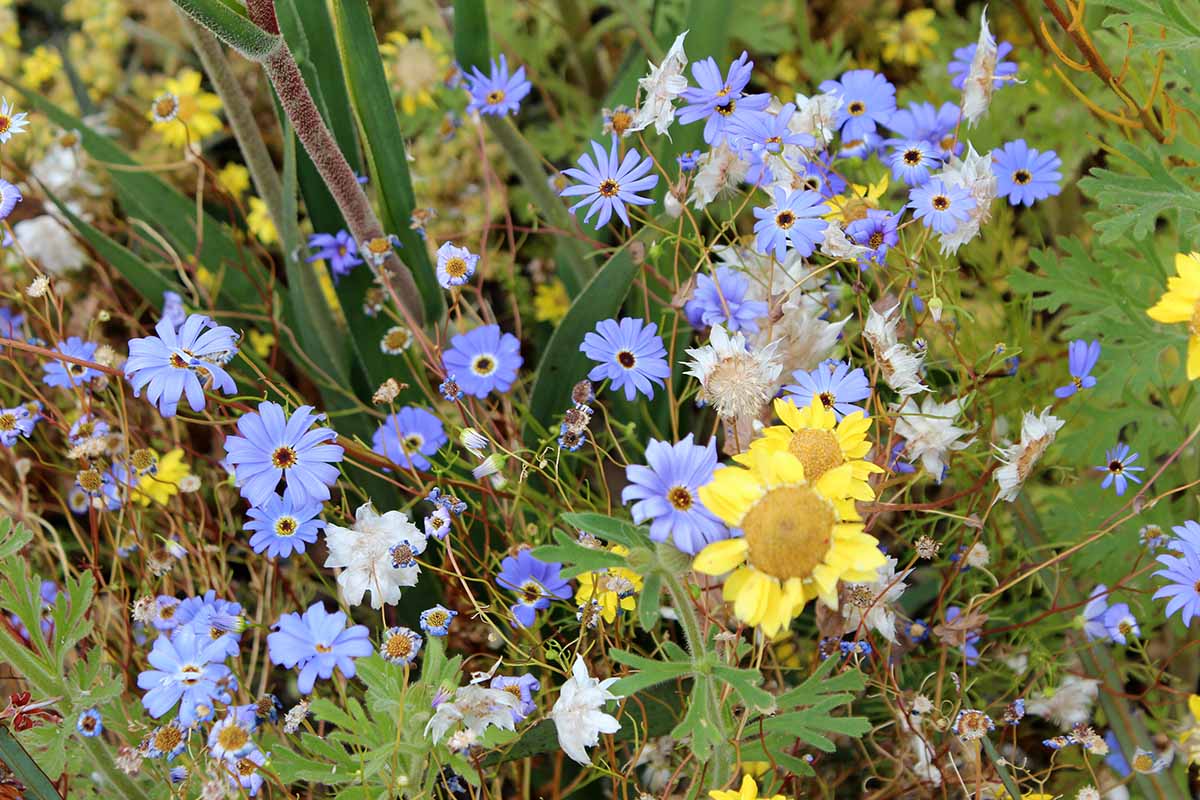
Another option is planting Swan River daisies rooted from cuttings taken from perennial plants in warm regions.
Prepare a shallow tray or individual cells ahead of time, filled with premoistened (but not wet), sterile, soilless potting mix to a depth of a couple of inches.
Before the daisy blooms in spring, take stem cuttings about four inches long.
Strip the leaves from the bottom half of each and dip the cut end of the stems in rooting hormone. Jab the cut ends into the soilless mix, spaced evenly, and place the tray or cells in a protected area at room temperature.
Use a spray bottle of water to keep the soil moist but not soggy, and the cuttings should produce roots within a couple of weeks. Give each a gentle tug.
If you meet resistance, roots have formed.
Once each plant has grown a few more leaves and achieved something closer to its former fullness, allow it to harden off for a week or so before transplanting into the garden or a container.
Transplanting
To plant out nursery starts or seedlings, dig holes the same size as the containers they are currently growing in, spaced five to six inches apart.
Gently remove the plant from the pot, taking care not to damage the roots, and set it in the ground. Backfill with soil before watering in well.
How to Grow Swan River Daisies
Low-maintenance B. iberidifolia isn’t terribly picky about its soil, tolerating poor dirt but thriving in rich soil as long as the ground is well-drained.
In containers, they’ll grow in an ordinary potting mix. See our guide for tips on choosing a suitable pot or planter for these flowers.
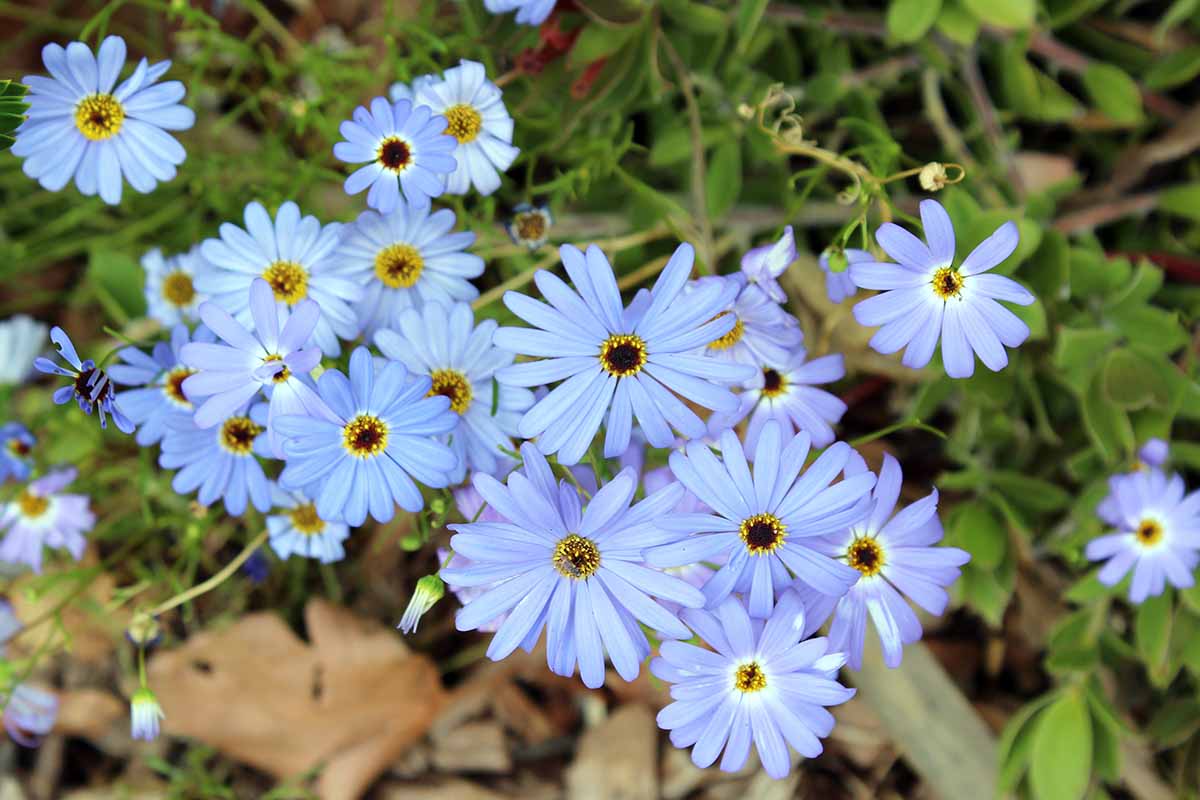
The Swan River daisy appreciates full sun but it can cope with partial shade, so feel free to grow it in an area that gets morning sun and afternoon shade if you wish.
Once these spreading plants are established, you won’t have much to do in the way of maintenance.
If you choose to grow this blue beauty in a container, you’ll want to feed it weekly with a fertilizer that’s high in phosphorus, such as 5-10-5 (NPK) to aid blooming.
Fertilize plants growing in the ground at the beginning of the growing season.
That may be enough to ensure beautiful blooms all season, or you may opt to continue fertilizing once monthly after that. This is one of those times when you should experiment and see what works for you.
Provide the plants with about an inch of supplemental water only if their soil is dry a couple of inches from the surface. They are more susceptible to overwatering than underwatering.
If you want to get your gardening energy out, spend it on prolonging the bloom period, not watering constantly.
Growing Tips
- Plant in a full sun location.
- Be careful not to overwater.
- Fertilize in-ground plantings monthly with 5-10-5 NPK fertilizer, or feed container-grown plants once a week.
Pruning and Maintenance
You’ll want to deadhead the spent flowers to promote continued blooming.
With this tactic, you may be able to encourage several bouts of blooming, starting in spring and continuing through late summer, or maybe into early autumn.
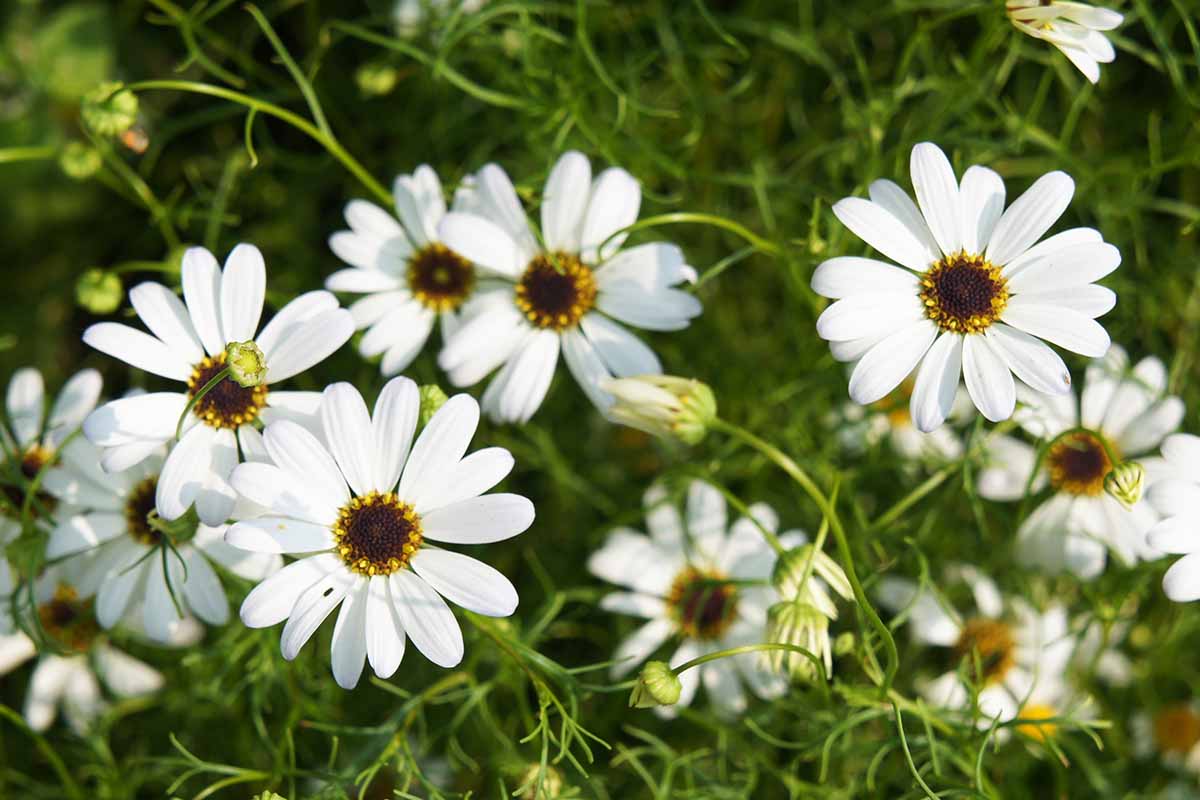
You can save seeds at the end of the season to share and sow next year.
When the flowers have faded and the petals have fallen to reveal mature, dry seeds in the centers, collect them and store them in a paper envelope or airtight container in a cool, dry place until sowing time.
More gardeners could be taking advantage of this easy-care ground cover that pollinators and floral arrangers are drawn to, and you can easily aid the cause.
At the end of the growing season, you can remove spent annuals to tidy up the garden. For those grown as perennials, cut back the foliage in late fall.
Where to Buy Swan River Daisies
You may be able to find starts from a local nursery or seeds from a local swap or community flower gardening group.

For a bright punch of colors ranging from purple-blue to lavender, magenta, and bright white, check out these seeds from Skyfors, available in 300-seed packets via Amazon.
Managing Pests and Disease
Expect birds and butterflies to enjoy these flowers as much as you do, and be grateful that rabbits and deer are likely to eschew this plant.
This plant isn’t plagued by pests to any great degree, but you will want to keep an eye out for snails and slugs.
Powdery mildew may also appear, but it’s usually preventable if you plant your daisies in full sun. Learn more about detecting, treating, and preventing powdery mildew in our guide.
Also, watch out for root rot caused by overwatering – via the gardener, rain storms, or poorly draining soil.
Be careful to let the soil dry out before watering, and eradicate and destroy any plants affected by root rot, as fungal pathogens that may be present can quickly spread to healthy plants.
Best Uses for Swan River Daisies
Try B. iberidifolia as a ground cover, a border plant, or in containers. If your pollinator garden can handle a spreading variety, a mass planting of Swan River daisies will attract bees and butterflies.
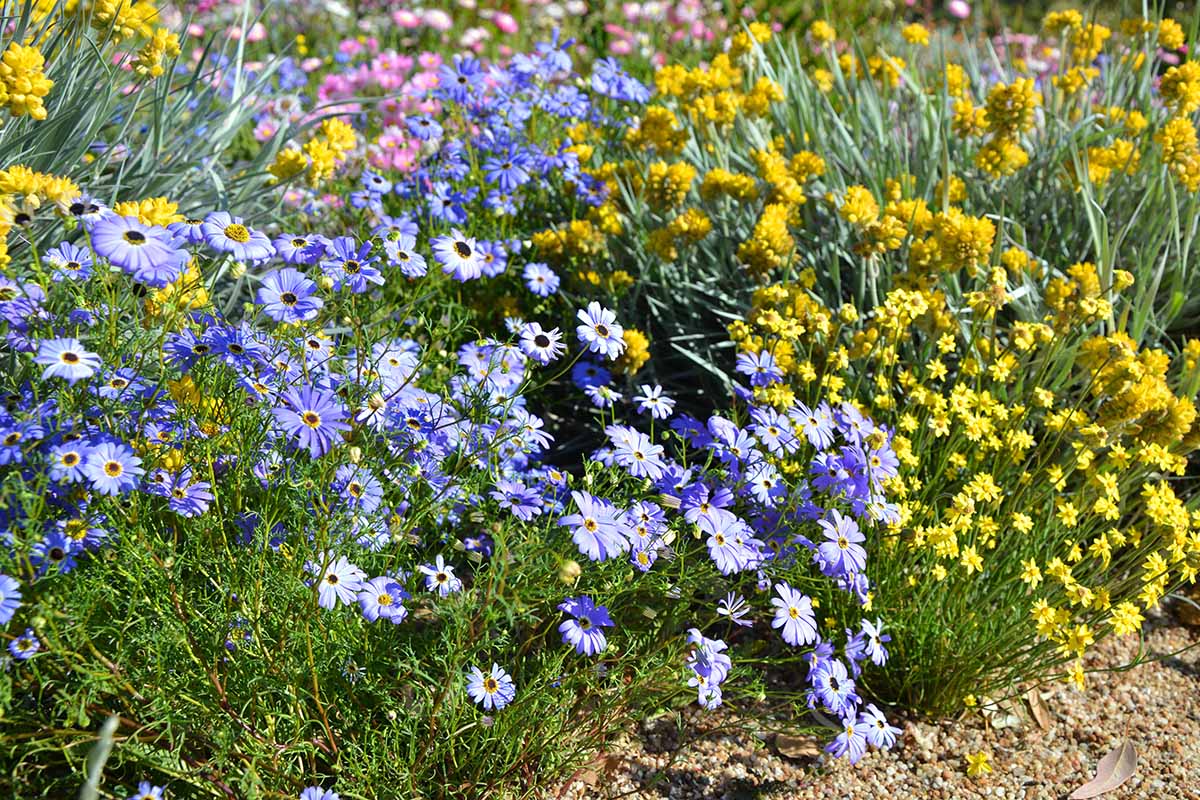
And don’t forget, if you long for a source of cut flowers, this species is beautiful in a vase and prolific enough to pick large bouquets.
You will be thrilled by this versatile, attractive, and fragrant flower that’s unquestionably a worthy addition to your landscape.
Quick Reference Growing Guide
| Plant Type: | Herbaceous flowering perennial | Flower/Foliage Color: | Black, blue, lavender, magenta, pink, purple, white, or yellow/green |
| Native to: | Australia | Water Needs: | Low to moderate |
| Hardiness (USDA Zones): | 8b-11b | Maintenance: | Low |
| Bloom Time: | Spring, summer, early fall | Tolerance: | Drought, light frost, part shade |
| Exposure: | Full sun | Soil Type: | Sandy, loamy |
| Time to Maturity: | 60-120 days | Soil pH: | 5.0-7.5 |
| Spacing: | 5-6 inches | Soil Drainage: | Well-draining |
| Planting Depth: | 1/4 inch (seeds), crown even with soil surface (rooted cuttings and nursery starts) | Attracts: | Bees, butterflies |
| Height: | 12-18 inches | Uses: | Beds, borders, containers, cut flowers, ground cover, mass plantings, pollinator gardens |
| Spread: | 7-11 inches | Family: | Asteraceae |
| Growth Rate: | Fast | Genus: | Brachyscome |
| Common Pests and Disease: | Slugs, snails; powdery mildew, root rot | Species: | Angustifolius |
The Daisy from Down Under
Along with all its other attributes, the Swan River daisy has the appeal of hailing from Australia.
Growing a packet of seeds is a fun way to feel connected to the land down under – and far less expensive than traveling there if you live on the other side of the world!
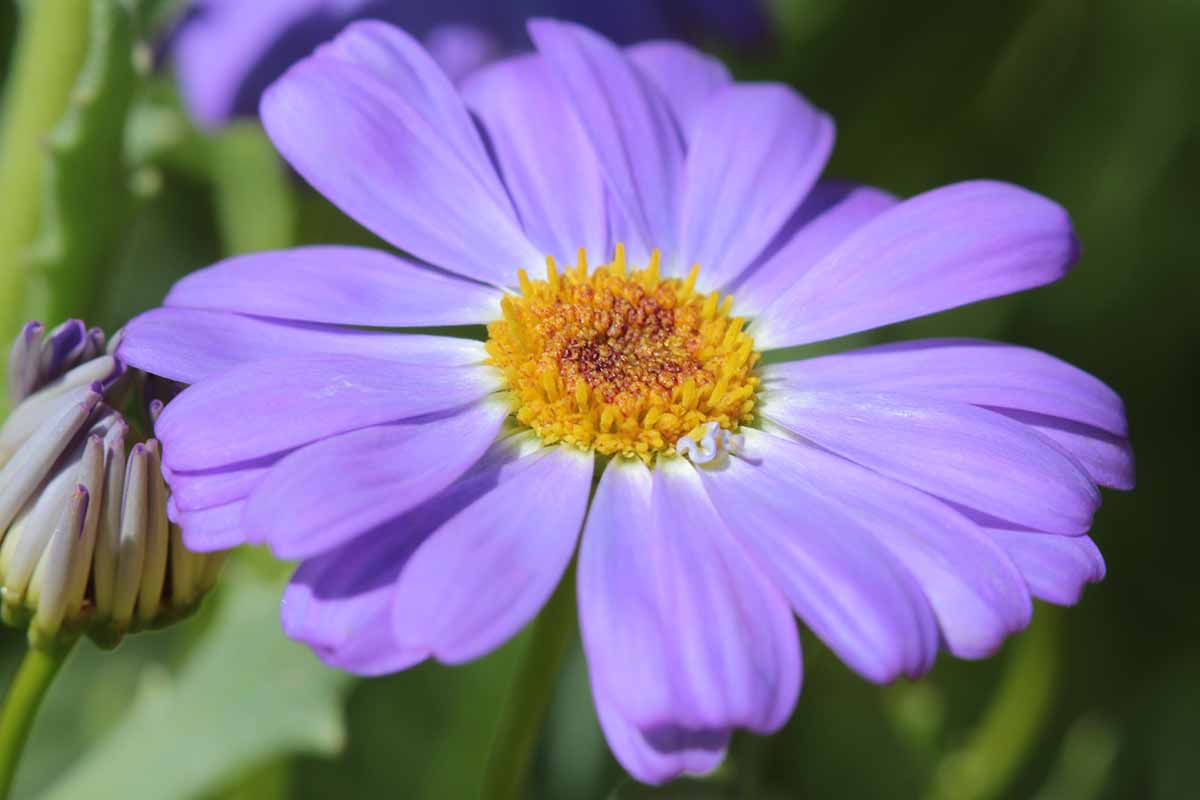
Have you grown Swan River daisies? Share your experience in the comments section below.
If you’re looking for more blue beauties, check out our article about Jacob’s ladder.
And if daisies are your thing, check out these guides for some other varieties that are worth taking a gander at:
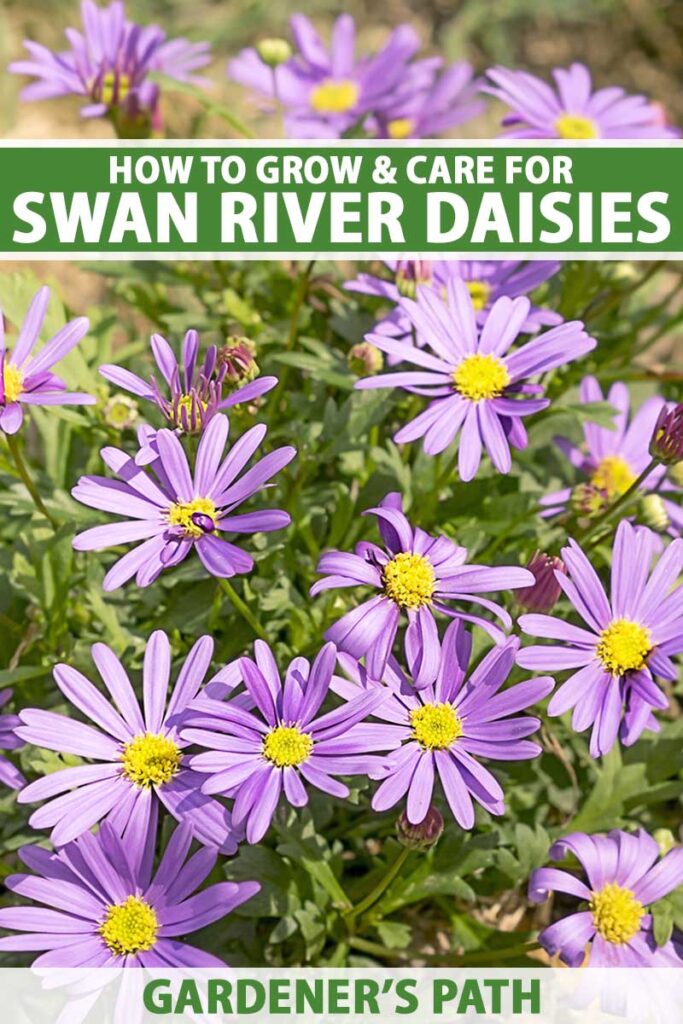

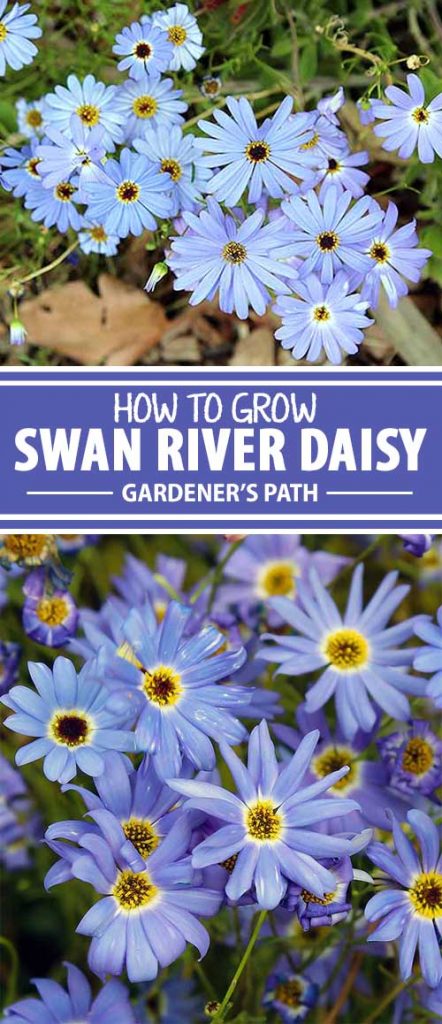
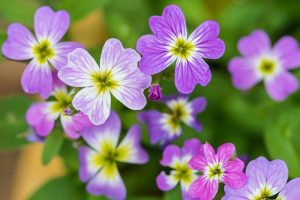

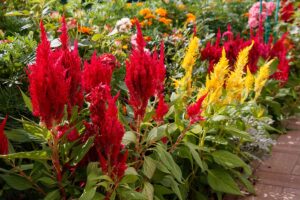
The packet said germination would take 4 weeks, mine took 3 days. Magic!